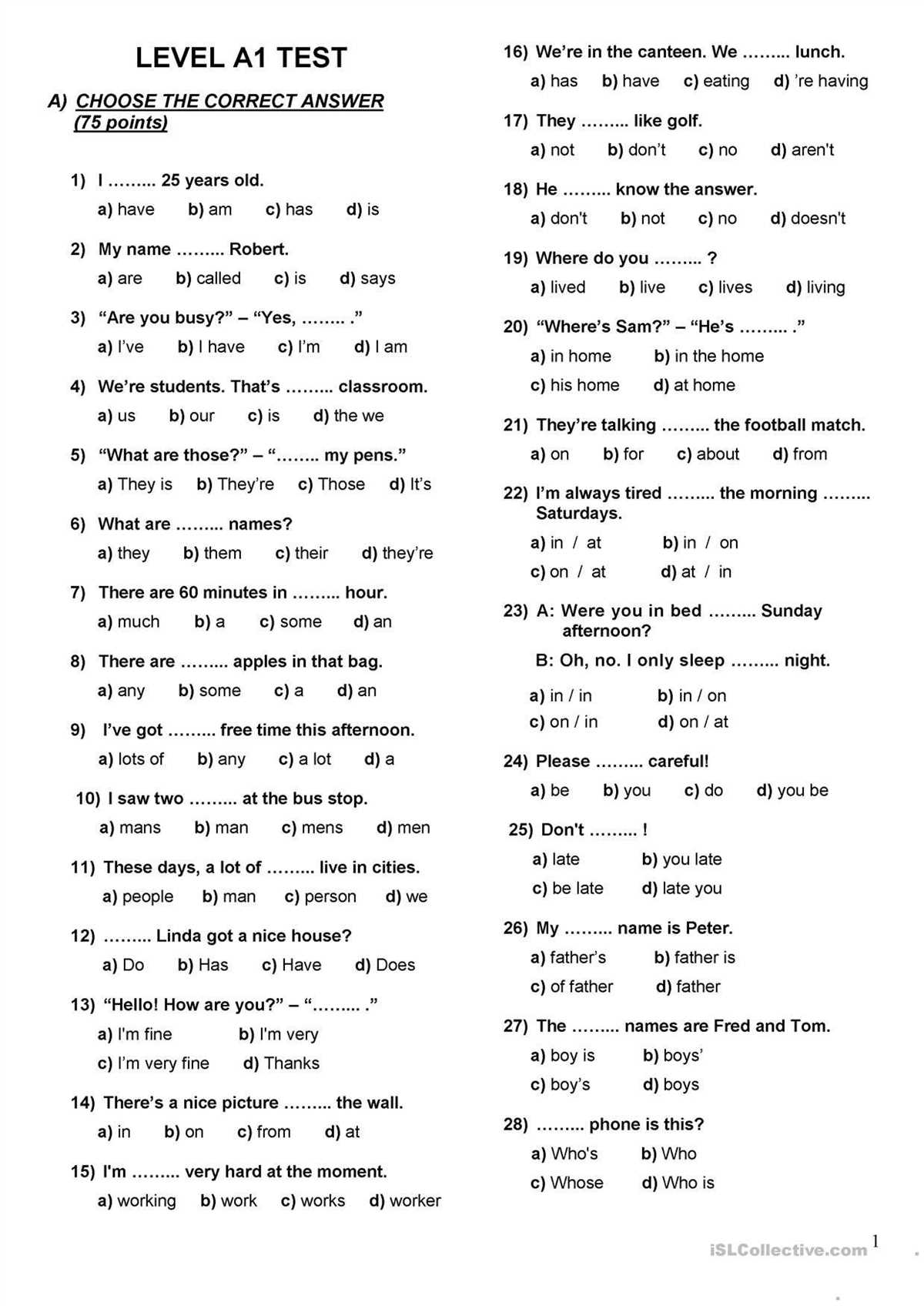
When conducting research or gathering information online, it is vital to be able to evaluate the quality and reliability of the sources you come across. With the abundance of information available on the internet, it can be challenging to determine what sources are trustworthy and accurate. This is where the C.r.a.a.p. Test Worksheet comes in handy.
The C.r.a.a.p. Test Worksheet is a useful tool that helps you critically assess the information you find online. C.r.a.a.p., an acronym, stands for Currency, Relevance, Authority, Accuracy, and Purpose. By considering these factors, you can determine whether a source is credible and relevant to your research needs.
The first factor to consider in the C.r.a.a.p. Test is currency. This refers to the timeliness of the information. Is the source up-to-date and recent? Depending on the topic, you may require the latest information to ensure accuracy. It’s crucial to consider when the information was published or last updated to determine its currency.
Relevance is the second factor to evaluate. It involves considering whether the information provided aligns with your research question or topic. Is the source directly related to your subject matter, or does it contain irrelevant information? A relevant source should address the specific aspects of your research, enhancing the credibility of your findings.
The third factor, authority, focuses on the credibility and expertise of the author or publisher. Does the author have the necessary qualifications and background to write about the subject? Is the publisher reputable? It’s important to assess the authority behind the information to ensure its reliability.
The fourth factor, accuracy, concerns the reliability and correctness of the information presented. Is the information supported by evidence, references, or citations? Can you verify the claims made by cross-referencing with other reliable sources? Accurate information is essential to maintain the integrity of your research and prevent the dissemination of misinformation.
The final factor in the C.r.a.a.p. Test is purpose. This involves understanding the intentions behind the creation of the information. Is the source trying to inform, persuade, entertain, or sell a product? Recognizing the purpose helps you determine if the information is objective and unbiased or if it may be biased or contain hidden agendas.
In conclusion, the C.r.a.a.p. Test Worksheet is a useful tool for evaluating the quality of information found online. By considering the factors of currency, relevance, authority, accuracy, and purpose, you can make informed decisions about the credibility and reliability of your sources. Taking the time to critically assess information allows you to conduct thorough, accurate, and trustworthy research.
C.R.A.A.P. Test Worksheet: An Effective Tool for Evaluating Information
The C.R.A.A.P. test worksheet is a valuable tool that helps individuals critically evaluate the reliability and credibility of information sources. In today’s digital age, where information is readily accessible and abundant, it is essential to have a systematic approach to determine the accuracy and trustworthiness of the information we encounter.
Developed by librarians at the Meriam Library, California State University, Chico, the C.R.A.A.P. test stands for Currency, Relevance, Authority, Accuracy, and Purpose. By analyzing these five aspects, individuals can assess the quality of information, make informed decisions, and avoid falling prey to misinformation or biased content.
Currency: The first component of the C.R.A.A.P. test focuses on the timeliness of the information. It prompts individuals to consider when the information was published, whether it is up-to-date, and whether there have been any significant developments or changes since its publication. Keeping in mind the relevance of the information to your research or needs, recent sources may be more accurate and reliable compared to older ones.
Relevance: The relevance component of the C.R.A.A.P. test emphasizes the importance of evaluating how well the information pertains to your specific research or information needs. It encourages individuals to assess whether the information provided is directly related to the topic, supports your argument, or adds value to your knowledge. Ensuring that the information is relevant helps in avoiding irrelevant or off-topic data.
Authority: Authority entails examining the qualifications, expertise, and credibility of the authors or sources of the information. By evaluating the author’s credentials, institutional affiliations, and their overall reputation, individuals can determine whether the information is trustworthy and reliable. Information from renowned experts, reputable organizations, or peer-reviewed journals is likely to be more authoritative.
Accuracy: Assessing the accuracy of information is crucial as it helps individuals avoid misleading or false content. This component of the C.R.A.A.P. test urges individuals to verify the facts, evidence, and supporting documentation provided in the information. Cross-referencing with other credible sources, checking for citations or references, and considering the presence of any biases or subjective opinions are essential techniques in evaluating the accuracy of information.
Purpose: Understanding the purpose behind the information is essential to grasp any potential biases, agendas, or propaganda that may impact its objectivity. By analyzing the intent of the author or the source, individuals can identify potential biases or hidden motives that may influence the information presented. Determining whether the information is objective, unbiased, and presents a balanced viewpoint is crucial in evaluating its overall credibility.
The C.R.A.A.P. test worksheet provides a structured approach to critical evaluation, empowering individuals to make informed decisions and reliably distinguish between trustworthy and unreliable information sources. By applying this tool, individuals can ensure that the information they consume and utilize is accurate, credible, and suitable for their intended purposes.
The Importance of Evaluating Information
In today’s digital age, access to information has become easier than ever before. However, with this abundance of information comes the challenge of determining its accuracy, reliability, and relevance. Evaluating information is essential for making informed decisions and avoiding the pitfalls of misinformation.
Accuracy is a critical factor to consider when evaluating information. It is important to verify the sources’ credibility and cross-reference the information provided. One should look for evidence, data, and supporting arguments that are based on reliable facts and research. Avoiding biased sources and checking for plagiarism can also help ensure accuracy.
Reliability is another key aspect to assess in evaluating information. It involves examining the credibility of the author or publisher, their expertise in the subject matter, and their reputation in the field. Consulting peer-reviewed academic sources, reputable news outlets, and recognized experts can help establish the reliability of the information.
Relevance should be considered to determine the suitability of the information for the specific purpose or context. It is crucial to assess whether the information aligns with the research question or the goals of the project. Evaluating the timeliness and currency of the information is also essential, as outdated or obsolete information may not be relevant or accurate.
By applying the C.R.A.A.P. test – which stands for Currency, Relevance, Authority, Accuracy, and Purpose – individuals can critically evaluate information and make informed judgments about its quality and reliability. This evaluation process is vital to avoid spreading misinformation, forming biased opinions, and making decisions based on false or misleading information. Ultimately, the importance of evaluating information lies in promoting critical thinking, empowering individuals to navigate the vast digital landscape, and ensuring the accuracy and integrity of the information shared.
What is the C.r.a.a.p. Test?
The C.r.a.a.p. Test is a tool used to evaluate the credibility and reliability of information sources. It stands for Currency, Relevance, Authority, Accuracy, and Purpose, which are the key criteria to assess the quality of information.
Currency refers to the timeliness of the information. It is important to consider whether the information is up-to-date and if there have been any significant developments since it was published.
Relevance focuses on the topic and how well it aligns with the research or inquiry at hand. The information should be directly related to the subject matter and provide valuable insights.
Authority deals with the credentials and expertise of the author or publisher. It is important to consider their qualifications and any potential biases they may have, as this can impact the reliability and objectivity of the information.
Accuracy refers to the reliability and correctness of the information. It is crucial to verify the accuracy of the facts, statistics, and claims provided in the source to ensure that it is trustworthy.
Purpose examines the intentions behind the creation of the information source. It is important to assess whether the information is intended to inform, persuade, entertain, or sell, as this can influence the objectivity and bias of the content.
By applying the C.r.a.a.p. Test to information sources, individuals can make more informed decisions about the reliability and usefulness of the information they encounter, whether it be in academic research, news articles, or any other context.
Components of the C.r.a.a.p. Test
The C.r.a.a.p. Test is an acronym that stands for Currency, Relevance, Authority, Accuracy, and Purpose. These five components are crucial elements to consider when evaluating information sources, especially in the digital age where information is abundant but not always reliable. By applying the C.r.a.a.p. Test, individuals can determine the credibility and reliability of a source before using it for research, writing, or decision-making.
Currency
Currency refers to the timeliness or freshness of the information. When evaluating a source, it is important to consider when it was published or last updated. Information that is current and up-to-date is more likely to be accurate and reliable, especially in fields that are constantly evolving or changing. Currency can also be important when considering the relevance and context of the information, as outdated information may not reflect the current understanding or knowledge on a topic.
Relevance
Relevance refers to the connection between the information and the topic or question at hand. When evaluating a source, it is important to assess how well it addresses the specific topic or question being considered. Relevance can be determined by considering the source’s title, abstract, keywords, or content. It is important to avoid sources that are too broad or unrelated to the topic, as they may not provide the necessary information or insights.
Authority
Authority refers to the expertise or credibility of the author or source. When evaluating a source, it is important to consider the qualifications, credentials, or affiliations of the author or organization responsible for the information. Assessing authority can involve researching the author’s background, checking for affiliations with reputable institutions, or looking for peer-reviewed publications. It is important to prioritize sources that are authored by experts or reputable organizations in the relevant field.
Accuracy
Accuracy refers to the truthfulness and reliability of the information. When evaluating a source, it is important to assess the evidence, sources, or references provided to support the information. Fact-checking and cross-referencing with other sources can help determine the accuracy of the information. It is important to avoid sources that contain unsupported claims, misinformation, or biased perspectives. Accuracy is essential for making informed decisions and presenting reliable information.
Purpose
Purpose refers to the reason or intent behind the information. When evaluating a source, it is important to consider the purpose or agenda of the author or organization. Understanding the purpose can help determine if there is a bias or potential conflict of interest that may affect the objectivity or reliability of the information. Sources that have a clear and transparent purpose are more likely to provide unbiased and objective information.
How to Use the C.r.a.a.p. Test Worksheet
When evaluating the credibility and reliability of information sources, the C.r.a.a.p. test worksheet can be a helpful tool. This test allows you to critically assess the information you find online or in print, ensuring that you are using accurate and trustworthy sources.
The C.r.a.a.p. test stands for Currency, Relevance, Authority, Accuracy, and Purpose. Each of these elements plays a crucial role in determining the credibility of a source. By applying this test to your research materials, you can make more informed decisions about which sources to include in your work.
To use the C.r.a.a.p. test worksheet effectively, start by reviewing the Currency of the source. Consider the publication or production date to ensure it is up to date and relevant to your topic. Next, evaluate the Relevance of the information to your research question or thesis. Determine if the source provides the necessary background or supports your arguments.
Then, assess the Authority of the source. Look for information about the author, publisher, or organization behind the source. Consider their expertise, credentials, and reputation in the field. This step helps you determine if the source is trustworthy and knowledgeable.
Next, examine the Accuracy of the information presented. Check for citations, references, or supporting evidence that back up the claims made in the source. Look for any bias or misinformation that may undermine the credibility of the information.
Finally, analyze the Purpose of the source. Consider the intentions behind the creation of the source. Is it meant to inform, persuade, or entertain? Understanding the purpose can help you determine if the source aligns with your research goals.
By systematically evaluating each element of the C.r.a.a.p. test, you can ensure that your research is based on reliable and credible sources. The C.r.a.a.p. test worksheet provides a structured approach to information evaluation, helping you make informed decisions in your academic or professional work.
Benefits of Using the C.r.a.a.p. Test Worksheet
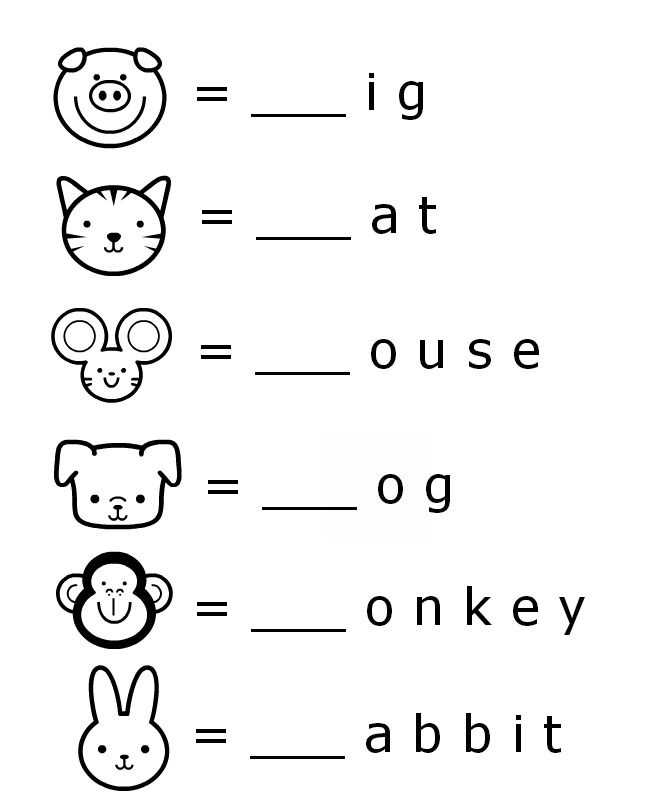
The C.r.a.a.p. test worksheet is a valuable tool for evaluating the credibility and reliability of information sources. By using this worksheet, individuals can ensure that the information they are basing their knowledge on is accurate and trustworthy. The benefits of using the C.r.a.a.p. test worksheet are numerous and can help individuals make informed decisions and judgments about the information they come across.
One of the main benefits of using the C.r.a.a.p. test worksheet is that it promotes critical thinking skills. By going through the different criteria of the C.r.a.a.p. test (currency, relevance, authority, accuracy, purpose), individuals are encouraged to analyze and evaluate each aspect of the information source. This helps develop a habit of questioning information and not accepting it at face value. Critical thinking skills are essential in today’s digital age where misinformation and fake news are prevalent.
Using the C.r.a.a.p. test worksheet also helps individuals avoid misinformation and bias. By evaluating the authority and accuracy of the information source, individuals can identify if the information is reliable or if it might contain misleading or false information. This is important, especially when conducting research or making decisions based on the information. It helps individuals avoid being misled by biased or inaccurate information and ensures that they have access to credible and reliable sources.
- Furthermore, the C.r.a.a.p. test worksheet can also save time and effort. By quickly evaluating the relevance and currency of an information source, individuals can determine whether it is worth their time and attention. This is particularly useful when conducting research or trying to find accurate information within a vast sea of resources.
- The C.r.a.a.p. test worksheet can also be used as a teaching tool. Educators can incorporate it into their curriculum to teach students critical thinking skills, information literacy, and the importance of evaluating sources before accepting them as truthful. This will help students develop a healthy skepticism and become better equipped to navigate the vast amount of information available to them.
- Overall, the C.r.a.a.p. test worksheet is a valuable resource for individuals in a variety of contexts, including academic, professional, and personal. By using this worksheet, individuals can ensure that the information they rely on is accurate, reliable, and trustworthy. It promotes critical thinking, helps avoid misinformation and bias, saves time and effort, and can be used as a teaching tool. Incorporating the C.r.a.a.p. test worksheet into one’s information evaluation process is an essential step towards becoming a well-informed and discerning consumer of information.
Tips for Teaching Others to Use the C.r.a.a.p. Test
Teaching others to use the C.r.a.a.p. test can help them become more critical consumers of information and make informed decisions based on reliable sources. Here are some tips to effectively teach others about the C.r.a.a.p. test:
1. Provide a clear explanation of the C.r.a.a.p. test
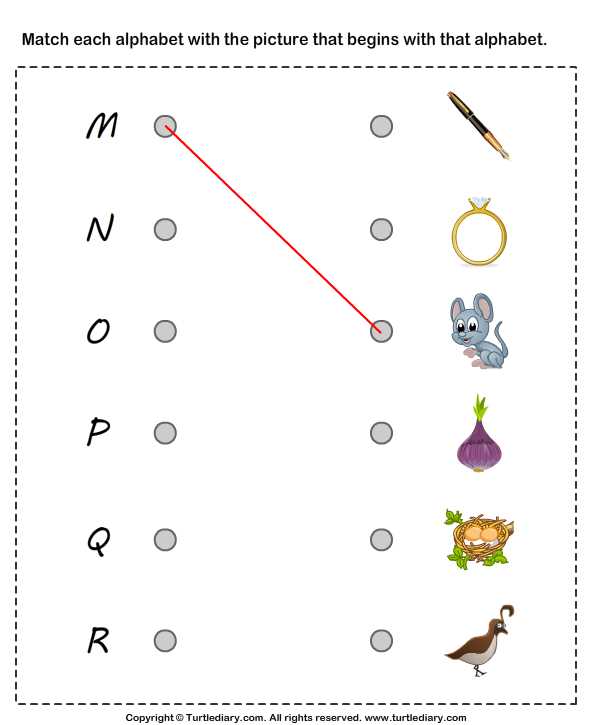
Start by explaining what each letter of the acronym stands for and how it relates to evaluating information. Emphasize the importance of each component – currency, relevance, authority, accuracy, and purpose – in determining the credibility and reliability of a source.
2. Use examples to illustrate each component
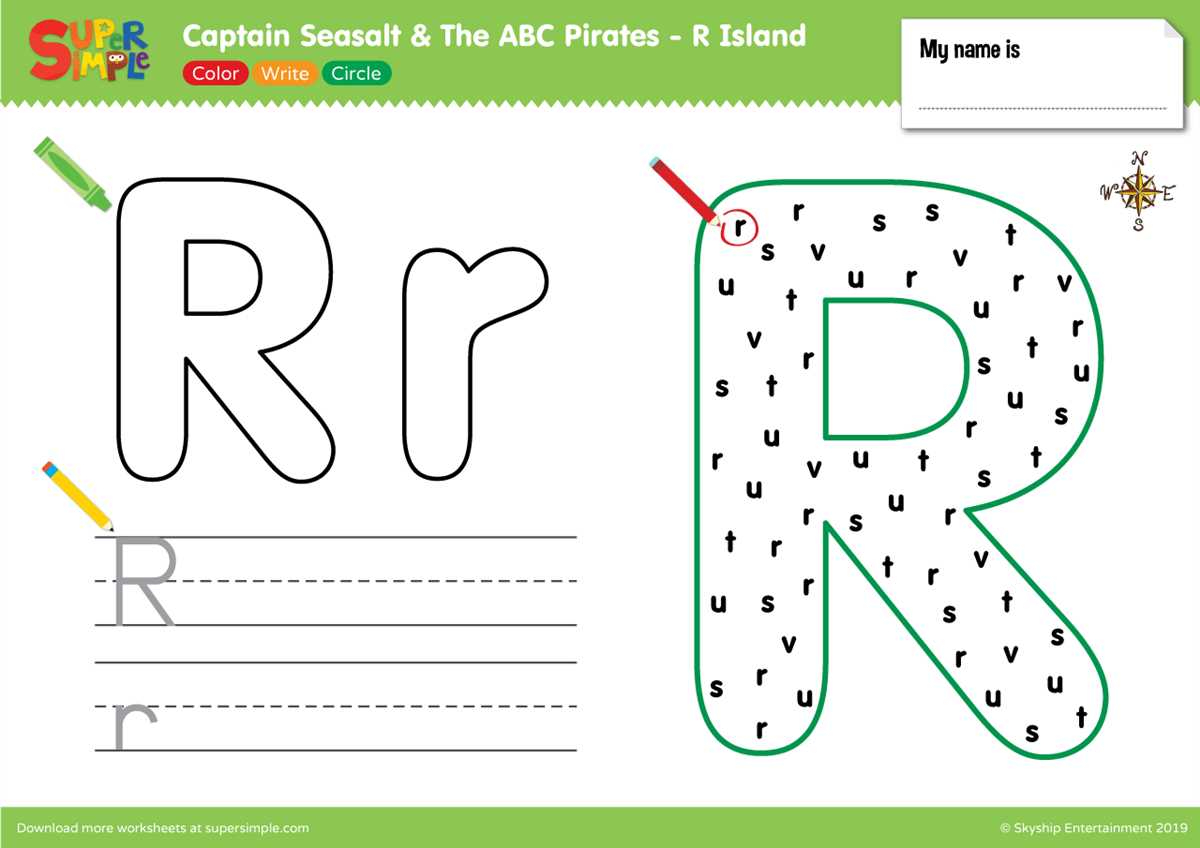
Provide real-life examples of sources that fail or pass each component of the C.r.a.a.p. test. Show how outdated information, biased sources, or lack of author credentials can affect the credibility of a source. Use relevant and relatable examples to help others understand the importance of each component.
3. Engage in hands-on activities
Give participants the opportunity to apply the C.r.a.a.p. test themselves by providing them with a variety of sources to evaluate. Encourage group discussions and ask guiding questions to help them analyze and assess the sources. This active learning approach will enhance their understanding and retention of the C.r.a.a.p. test.
4. Provide resources and tools
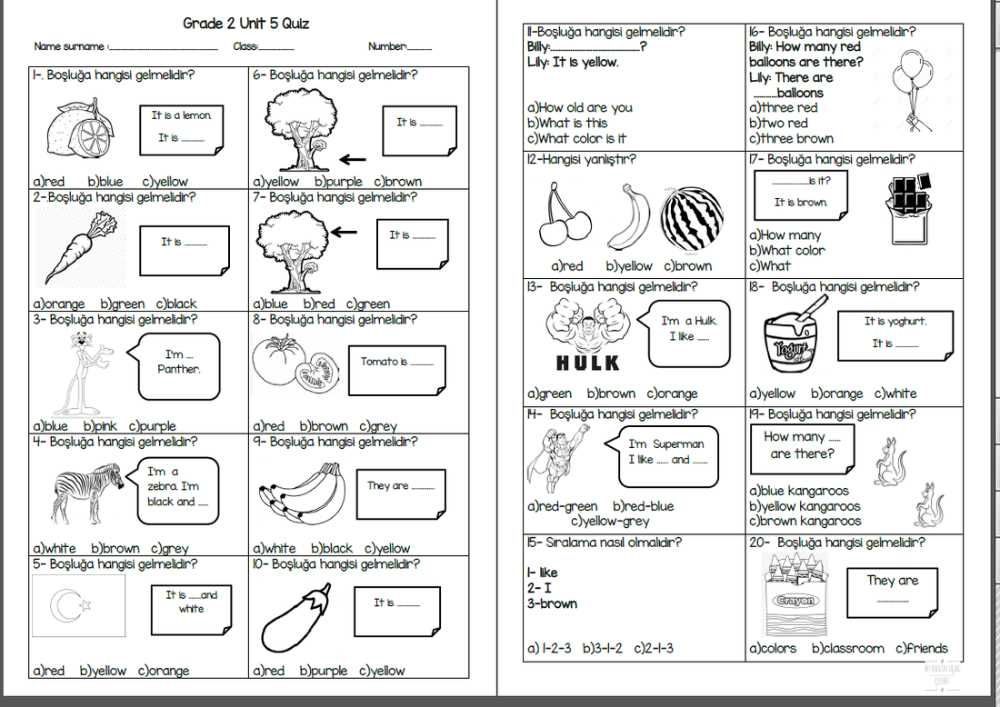
Offer additional resources, such as printable worksheets or online tools, that individuals can use to practice and internalize the C.r.a.a.p. test on their own. Point them to reputable fact-checking websites or library databases where they can find reliable sources. Equip them with the tools they need to continue evaluating information beyond the training session.
5. Encourage critical thinking
Emphasize the importance of critical thinking skills when using the C.r.a.a.p. test. Teach participants to question the source’s motives, consider alternative perspectives, and seek corroboration from multiple sources. Encourage them to be skeptical and challenge information that seems too good to be true or lacks supporting evidence.
By following these tips, you can empower others to effectively use the C.r.a.a.p. test and become discerning consumers of information in today’s digital age.